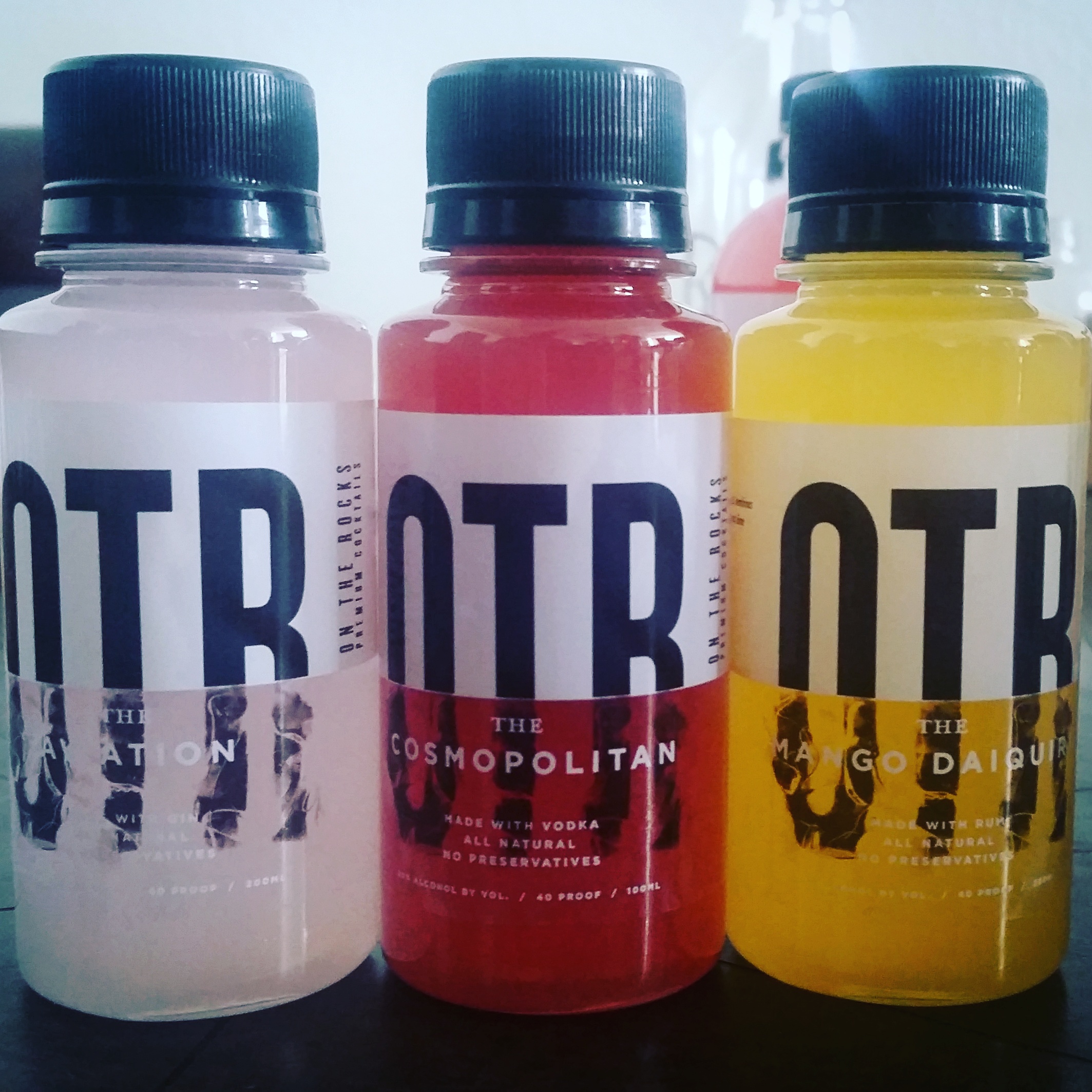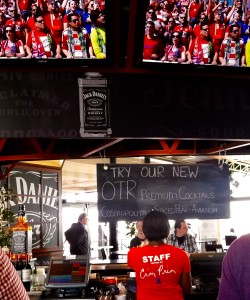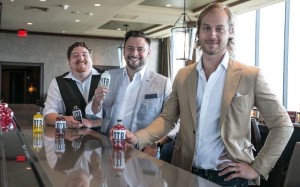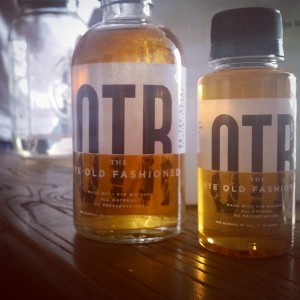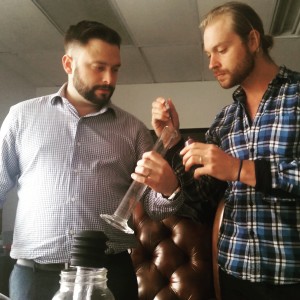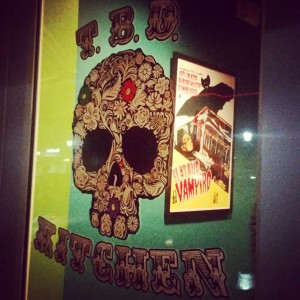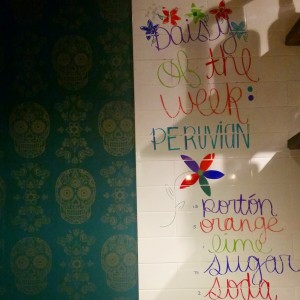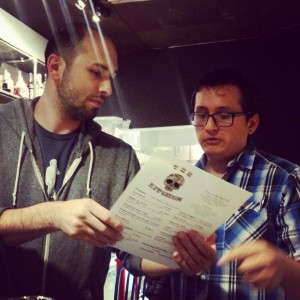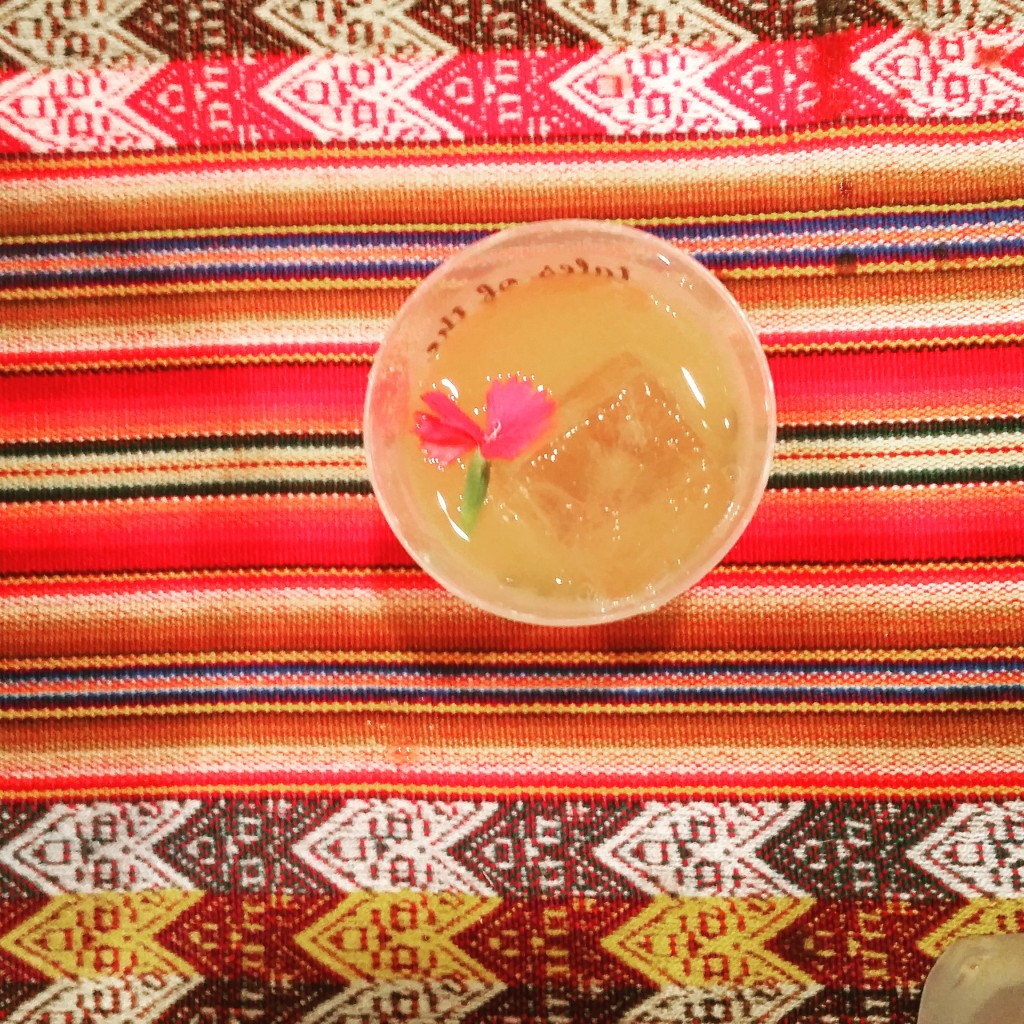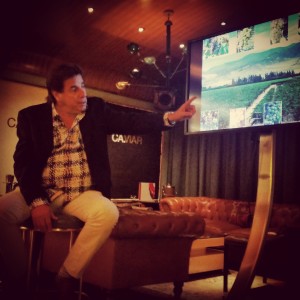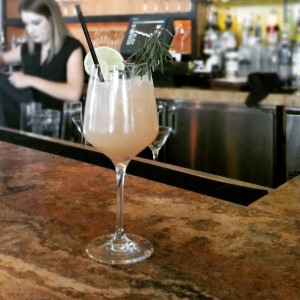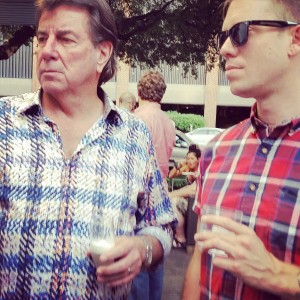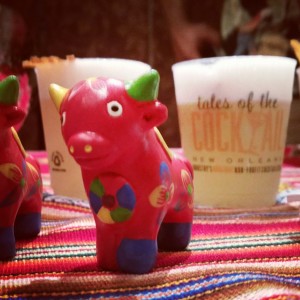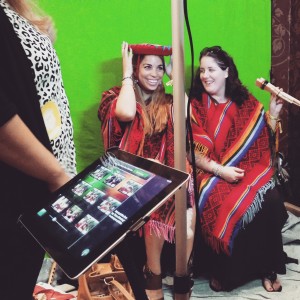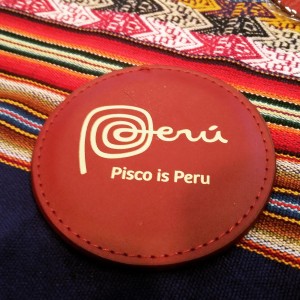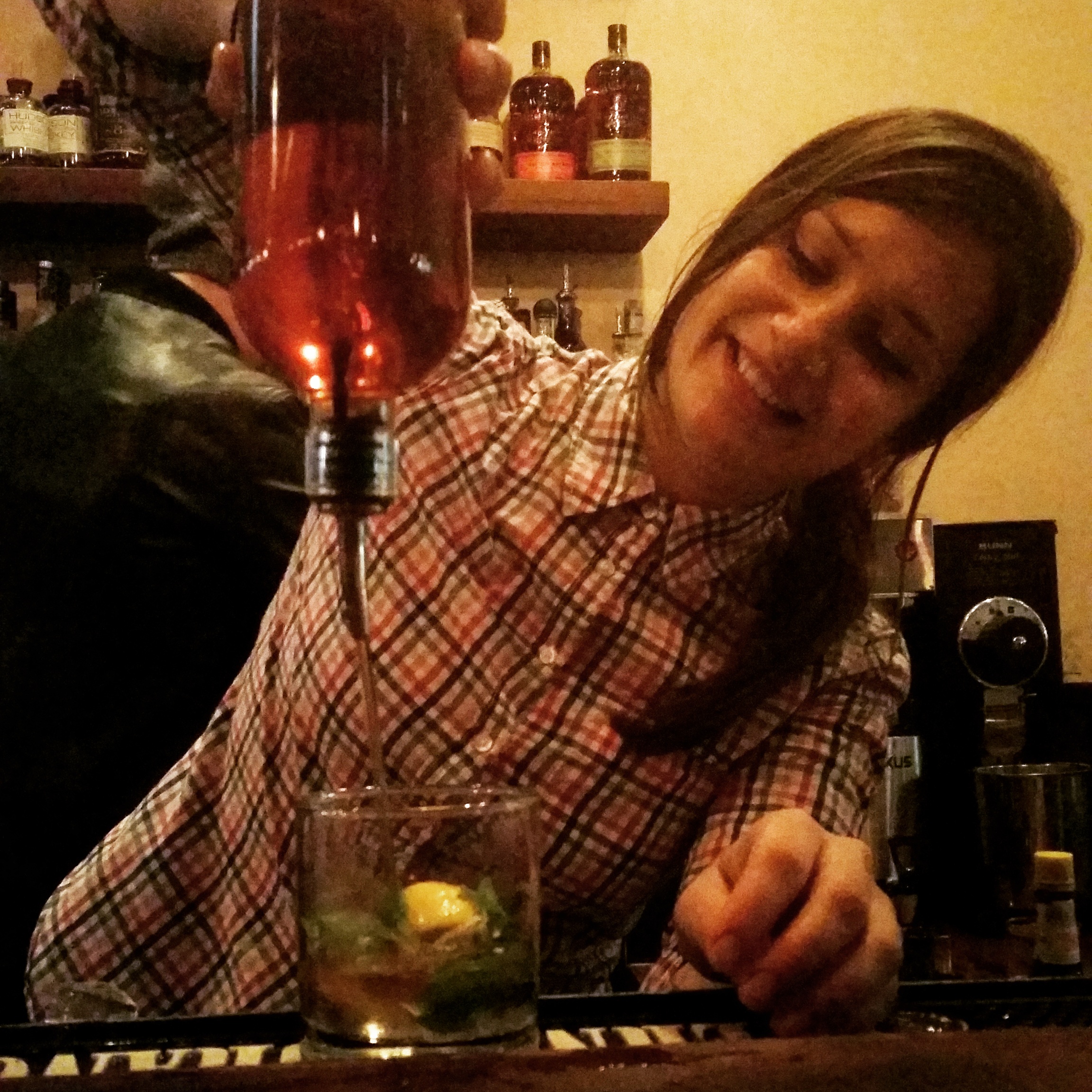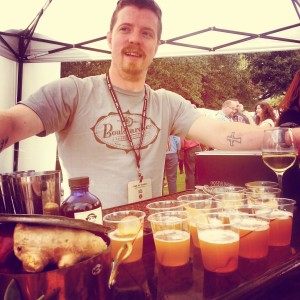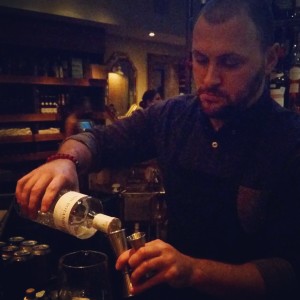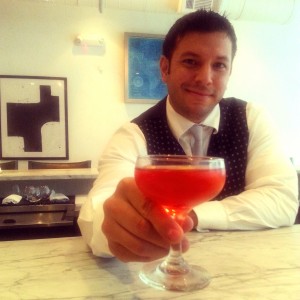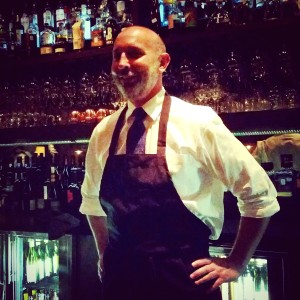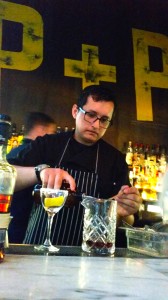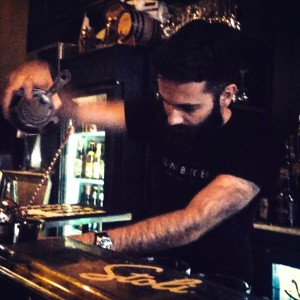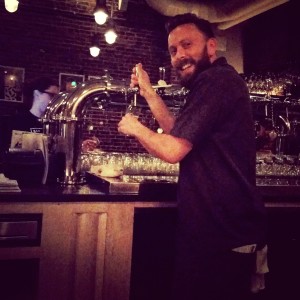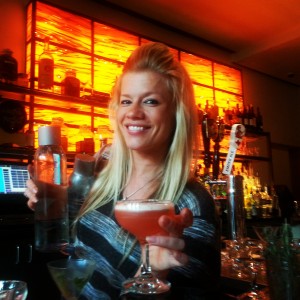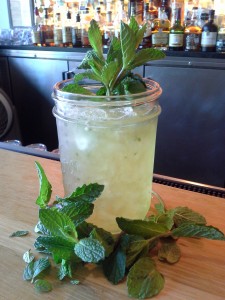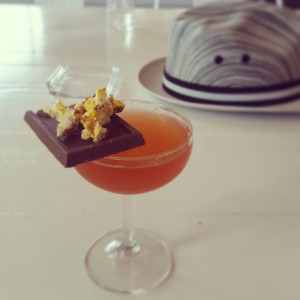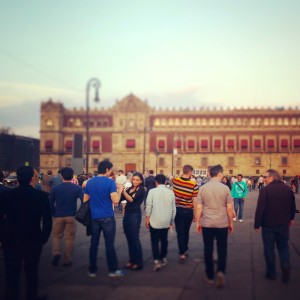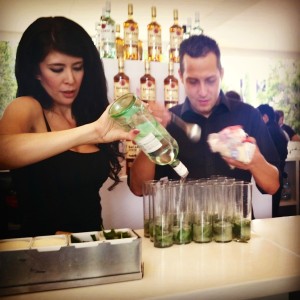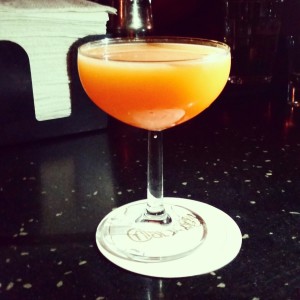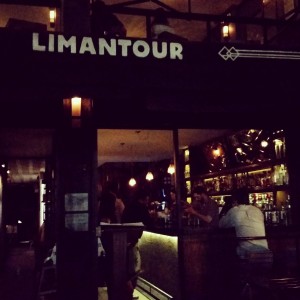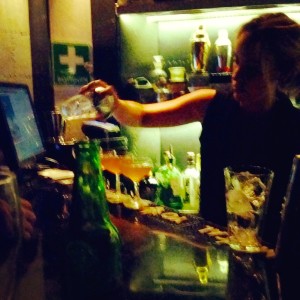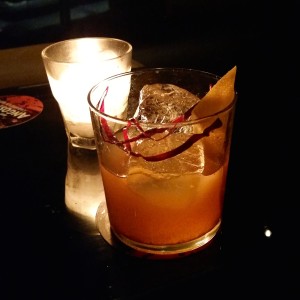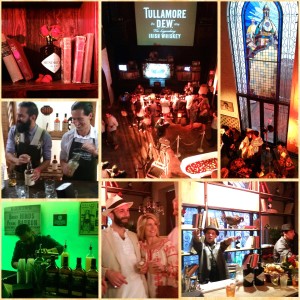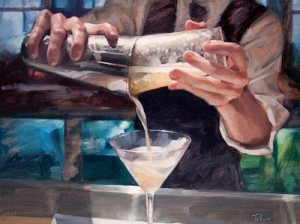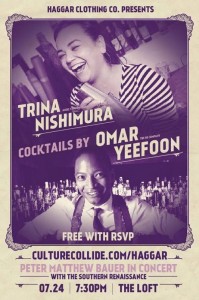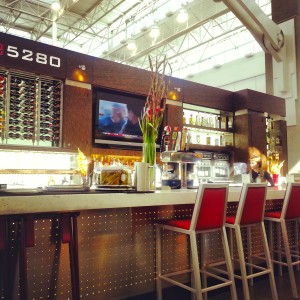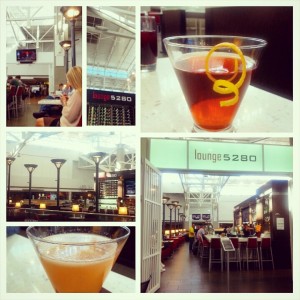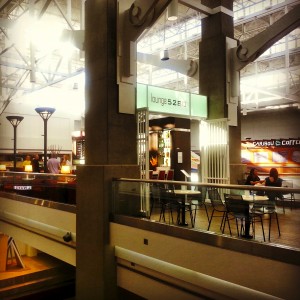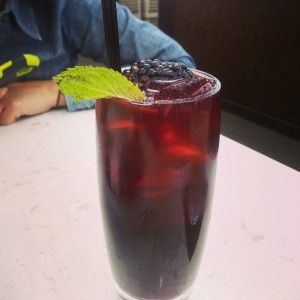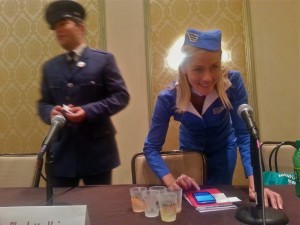
One evening last month, having somehow wandered far beyond my urban comfort zone, I stopped in for a drink at Rye, a bustling bistro just off the square in McKinney. No, not McKinney Avenue, the trendy SMU hang in Uptown where, not surprisingly, some of DFW’s best cocktail joints have clustered in the last five years – but McKinney, the fast-growing former farm center 45 minutes north of Dallas.
Surely, I thought, even at this suburban outpost, I could score a decent gin and tonic. Maybe even an Old Fashioned. But as I scanned bar manager Manny Casas’ drink list, I found myself eyeballing anything-but-rural components: Mole bitters; gomme syrup; aloe liqueur; Fernet Francisco; honey-blessed Barr Hill gin. And then I noticed the small barrel to my left, which – as I would soon discover – harbored a terrific barrel-aged variation on the classic Negroni. My cocktail destinations had grown by one.
It’s more challenging than ever to keep up with the constantly expanding universe of cocktails in Dallas-Fort Worth. In the area’s farthest reaches, and in places that five years ago would have been content to serve simple mixed drinks, you can now order a Sazerac, or a Last Word, and avoid the indignity of blank stares or massive shade.
Quantity doesn’t necessarily equal quality, of course, and pretty surroundings alone do not a great cocktail bar make. DFW’s craft cocktail landscape in 2016 wasn’t without its casualties – notably Knox-Henderson’s Hibiscus, whose small but well-informed bar program enjoyed a loyal following, and noble but aborted ventures like Frisco’s Vicini and, in Lower Greenville, Knuckle Sandwich and Remedy, destined to close by year’s end.
But from straight-up cocktail joints like Oak Cliff’s Jettison and clubby enclaves like Quill in the Design District to cocktail-minded restaurants like East Dallas’ Lounge Here, Uptown’s Next Door and Quarter Bar in (gulp) Trophy Club, the boozy buffet available to cocktail drinkers showed few signs of abating. (And Hide in Deep Ellum and Frisco’s Bottled in Bond are still to come.)
At their very best, these spots echo – and often are part of – fine restaurants, serving up not just great drinks but a successful mix of efficient, attentive and consistent service; fresh ingredients attuned to the passing seasons; an energizing and welcoming vibe; the ability to cater to tastes simple and complex; and a savvy and innovative staff behind the bar.
Here, in alphabetical order, were my favorite 15 craft-cocktail spots in 2016.
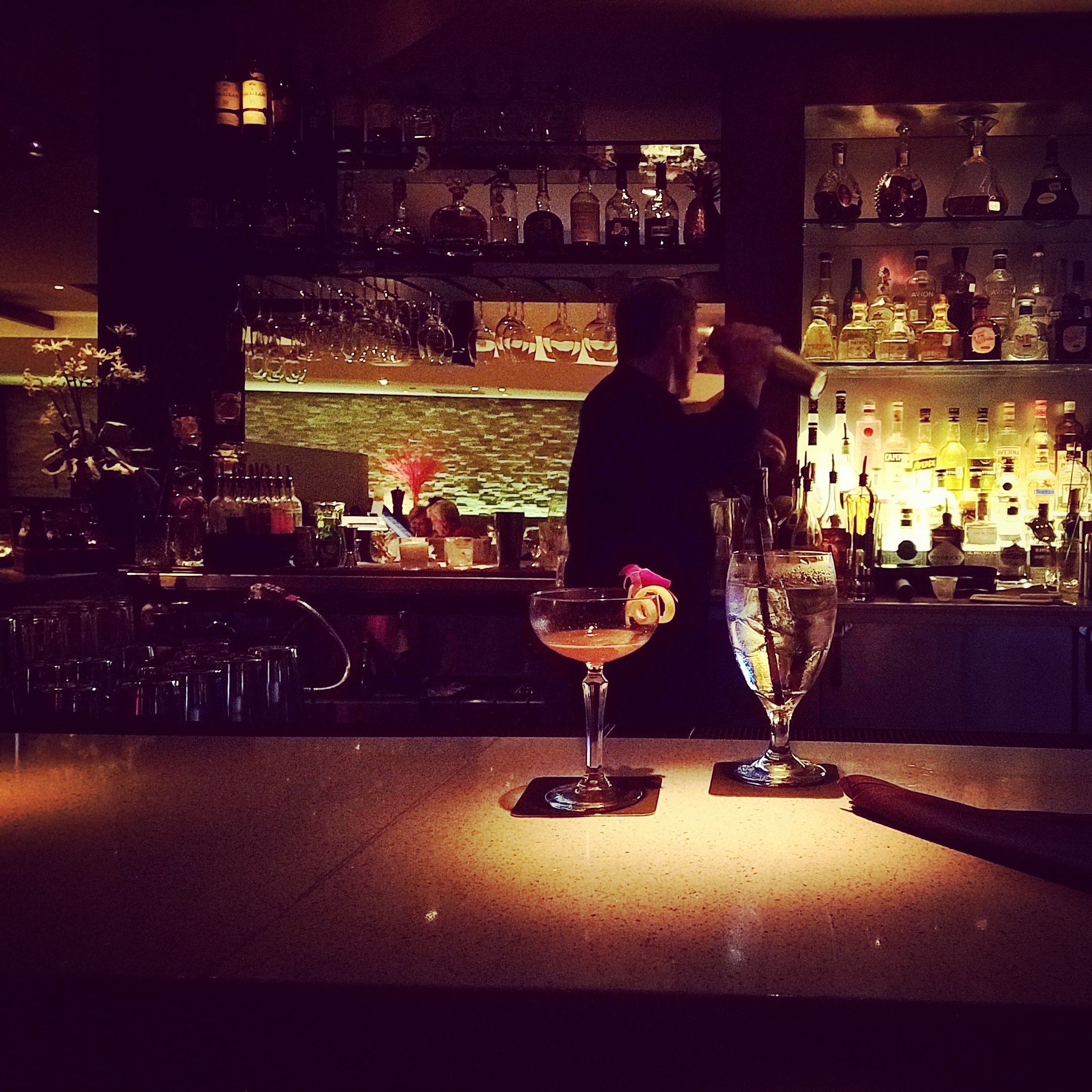
ABACUS
Most come to the highly regarded Knox-Henderson restaurant for its fine dining – but personally, I never make it past the classy, comfortable bar and its black-clad crew of Jordan Gantenbein, Jason Long and John Campbell. Abacus’ thoughtful and playful drink list is a standout from season to season – Gantenbein’s Rosemary Wreath (pictured at top) was a wintry thing of beauty – but the off-road adventures are equally delicious and fun, as in Long’s recent mix of mezcal, cinnamon syrup and amaro.
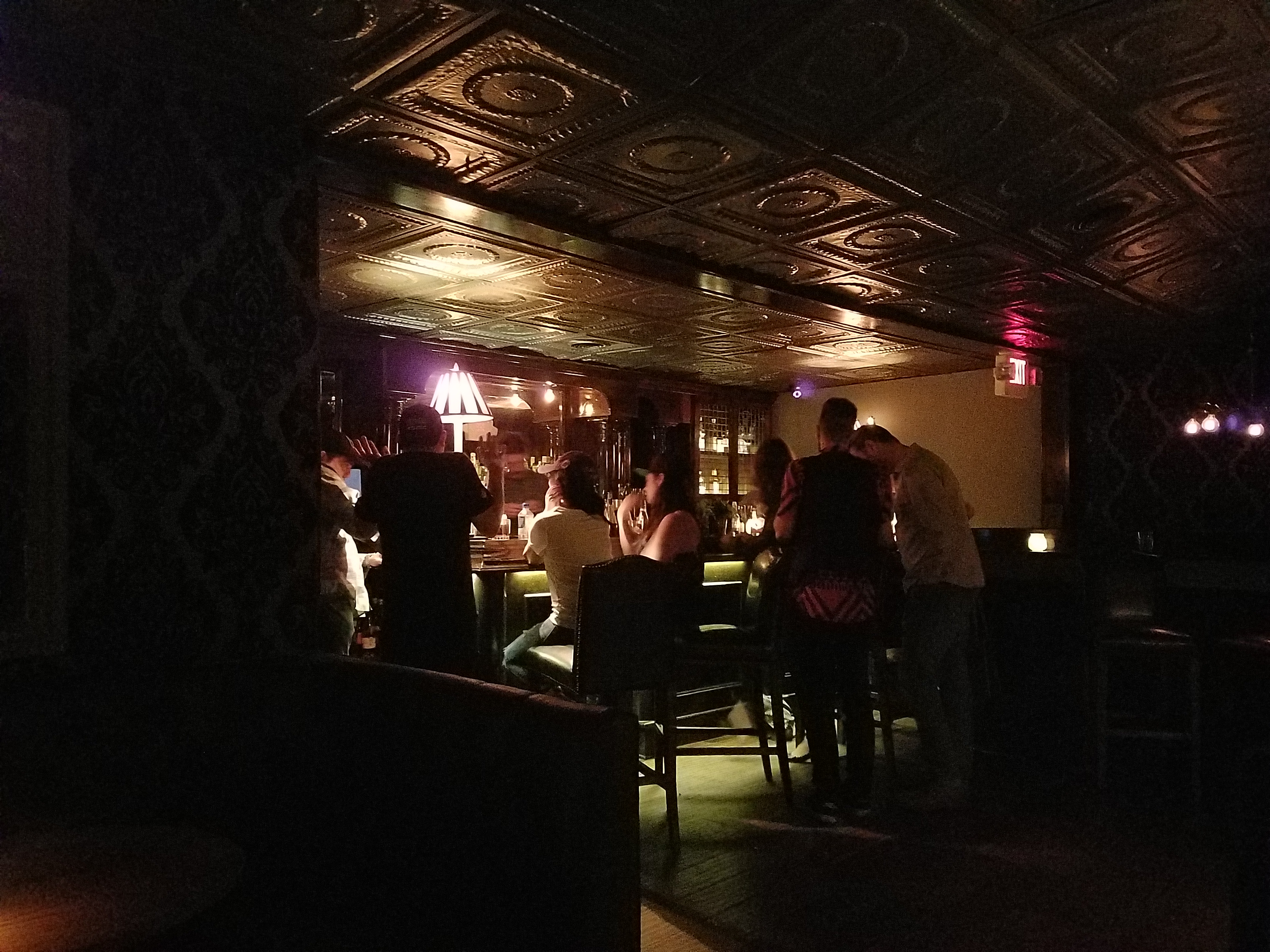
ATWATER ALLEY
A couple of years have passed since Henry’s Majestic, at this once-cursed location on McKinney in Knox-Henderson, unveiled the speakeasy pearl buried within its oyster depths. Named for the nondescript thoroughfare from which it’s accessed, Atwater is a two-story, dimly lit sanctuary swathed in senatorial wood, where bartenders like Ricky Cleva (and the occasional guest bartender) let their talents run wild like wildebeests in the nighttime streets. Jumanji!
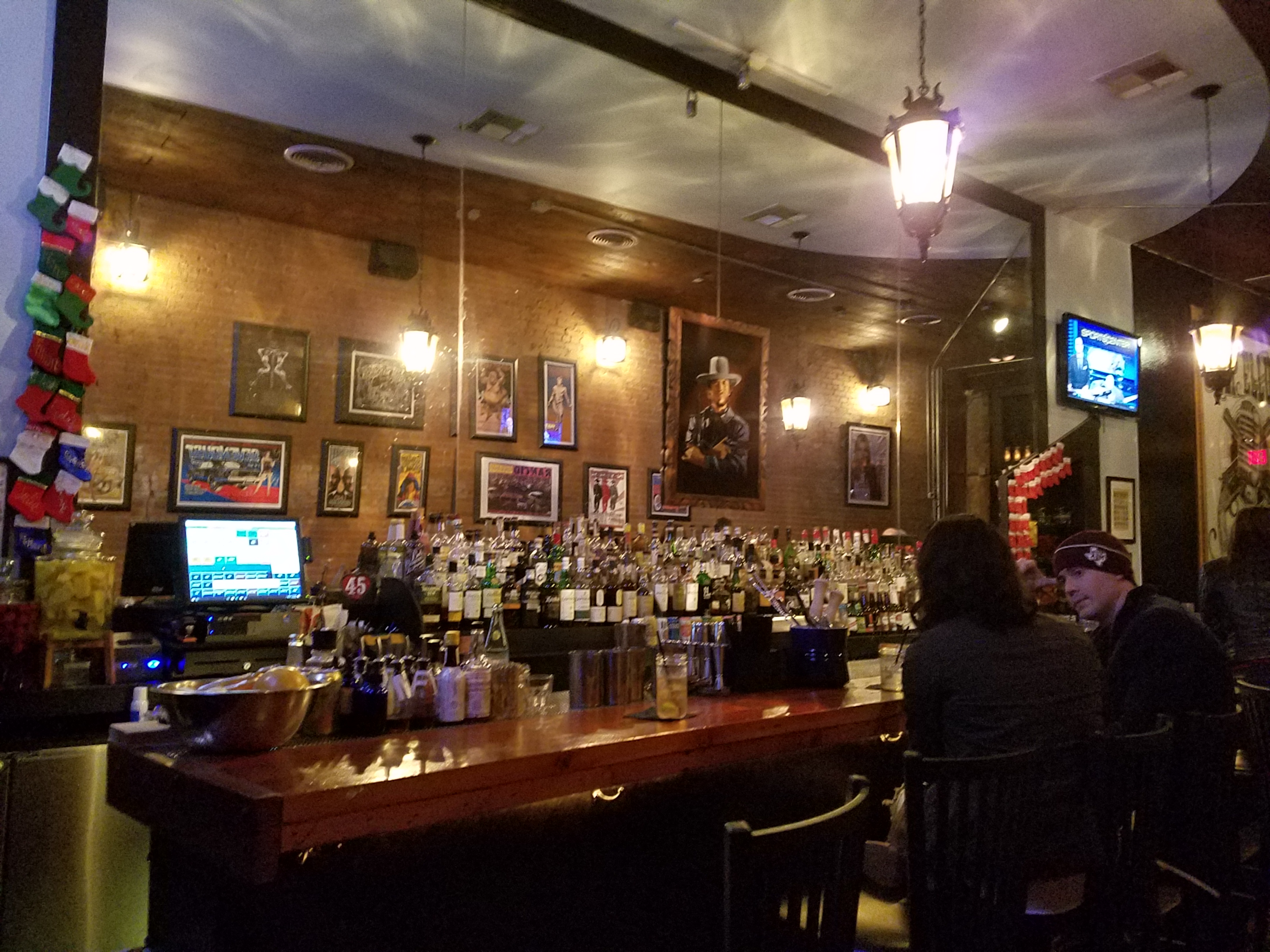
BLACK SWAN SALOON
Black Swan is a craft-cocktail lover’s dive bar, where barman Gabe Sanchez makes it look easy, firing volleys of classic and original drinks at the eager Deep Ellum hordes while somehow creating a backyard post-BBQ atmosphere. Among DFW’s early craft-cocktail spots, the Swan’s speakeasy vibe (there’s no signage outside) is captured in the image of Clint Eastwood above the back bar: anonymous and enigmatic, rough around the edges, coolly efficient. No drink list here; just tell Sanchez what you’re in the mood for or point at one of his latest jarred infusions, and let your Drink With No Name come riding into town.

BOLSA
Among DFW’s earliest craft-cocktail purveyors, the modestly sized bar-in-the-round at this Bishop Arts mainstay is going strong under lead barman Spencer Shelton, whose wonky spirits wisdom continues to fuel Bolsa’s culture of experimentation. The well-honed southside outpost, with a bold seasonal drink menu – take Shelton’s smoky bitter Mi Alma Rota, featuring mezcal and Fernet – is a last-stop refuge for neighborhood regulars and others looking for uncommon spirits and across-the-board creativity.
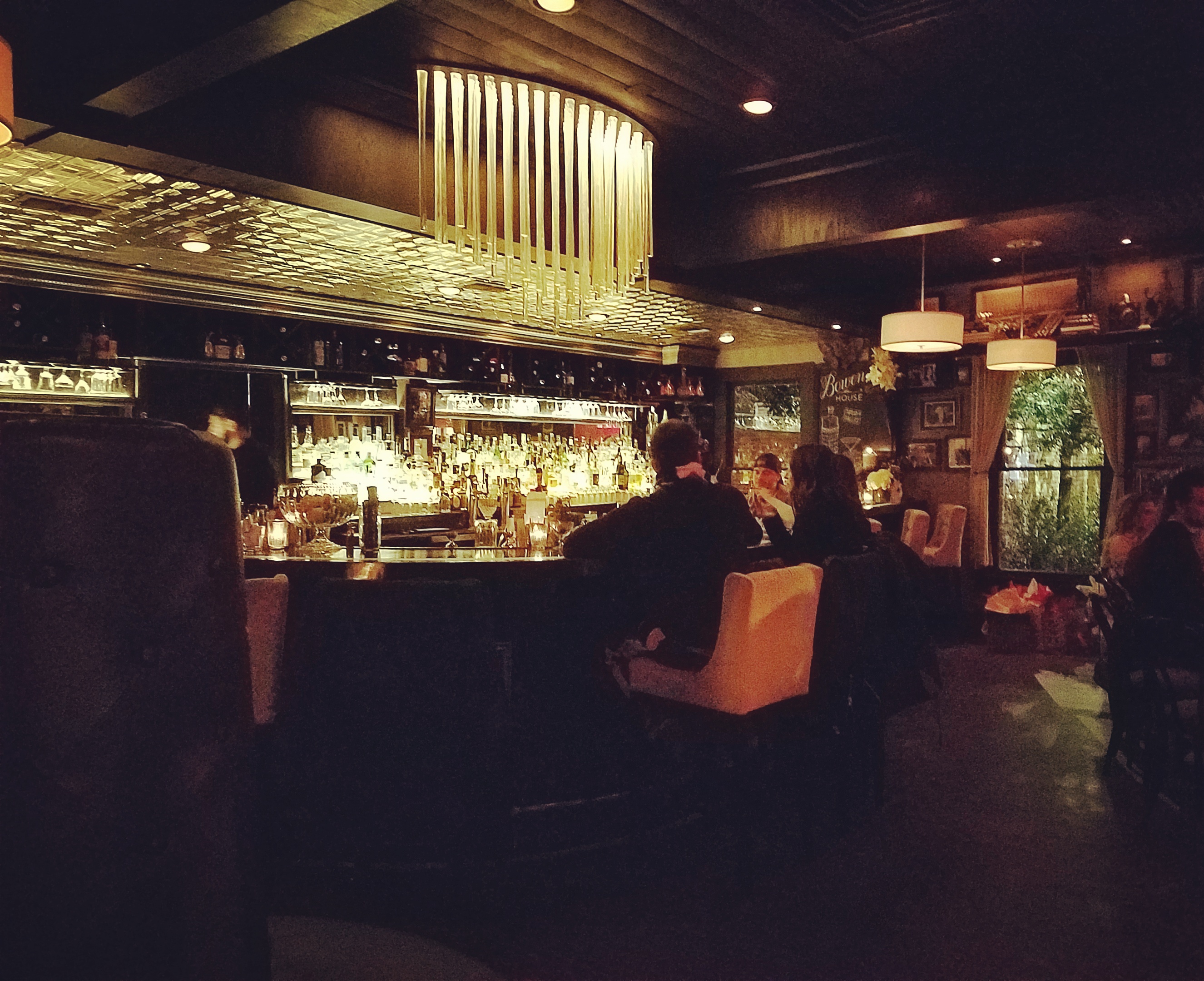
BOWEN HOUSE
The place is gorgeous, dah-ling. But owner Pasha Heidari’s homey hideaway a stone’s throw from the madness of Uptown’s McKinney Avenue has finally settled into a groove nice enough to match its elegant Prohibition-Era character, what with its turn-of-the-century library and great-granddad’s framed pictures on the wall. A viable drink list now complements the able bar squad’s ability to craft something to your own tastes, and a sickle-shaped bar counter promotes interaction.
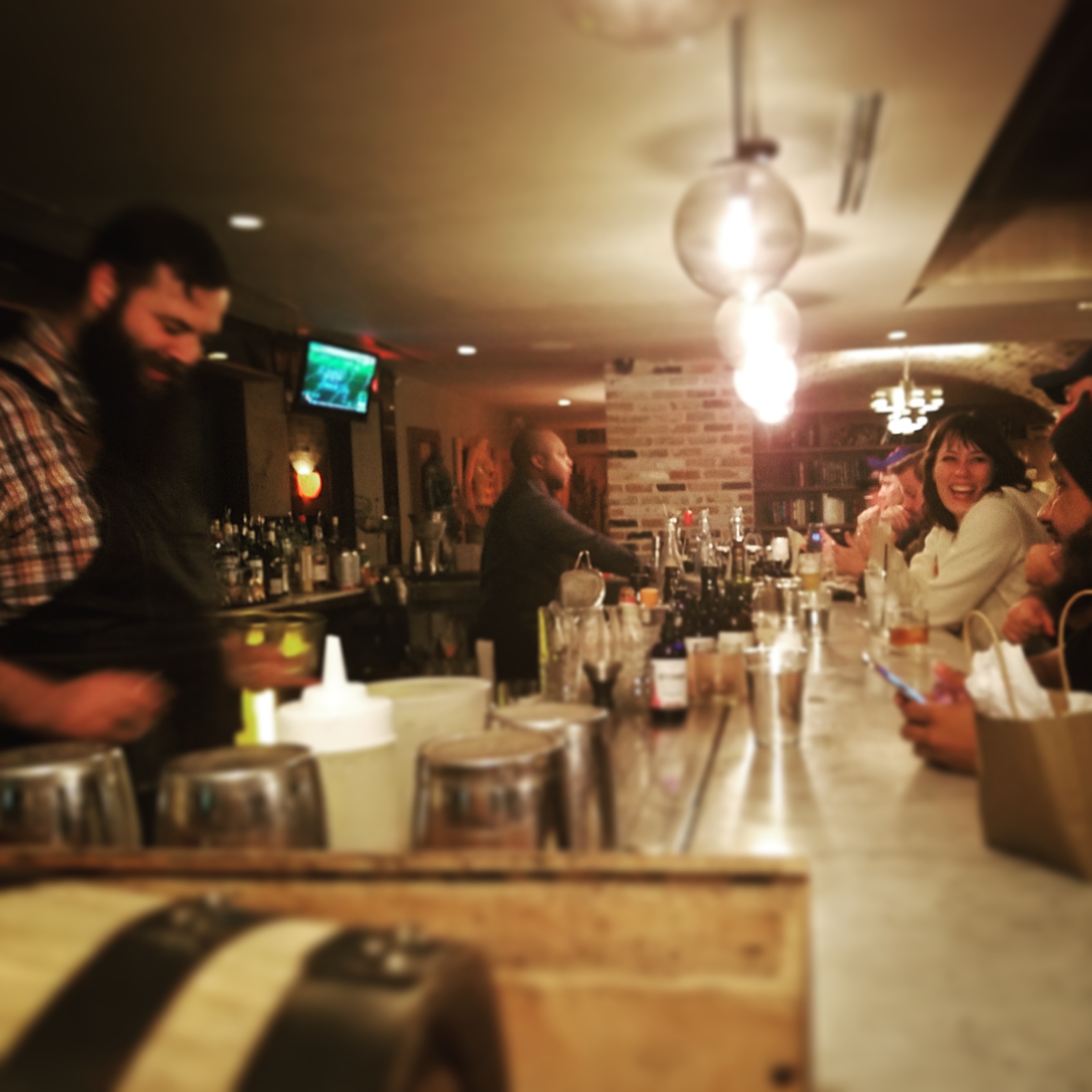
THE CEDARS SOCIAL
Look who’s back. Once the shining light in Dallas’ budding craft drink scene, The Cedars Social’s nationally acclaimed promise imploded in what I simply refer to as The Great Unpleasantness, thereafter plummeting off the craft-cocktail radar. Several iterations later, barman Mike Sturdivant is at the helm, and things are looking bright again: Along with Dallas pastry chef Annika Loureiro, he’s crafted a refreshingly original drink menu – including the Soju Spice, which makes excellent use of the Korean rice-based spirit – while staying true to pre- and Prohibition-era classics.
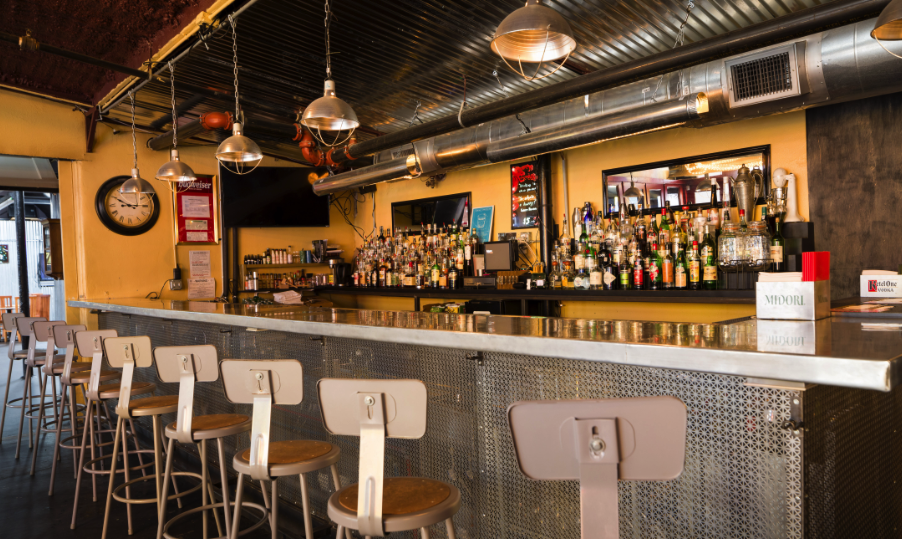
INDUSTRY ALLEY BAR
When Charlie Papaceno left the Windmill Lounge in late 2014, among his goals in opening Industry Alley was to recreate the lounge’s come-as-you-are vibe. In that he has succeeded, creating a down-home atmosphere that’s a favorite for Cedars-area locals and industry regulars alike. You won’t find fireworks, fancy syrups, infusions or house-made bitters here – just the makings of a good time and classic cocktails like the legendary Singapore Sling.
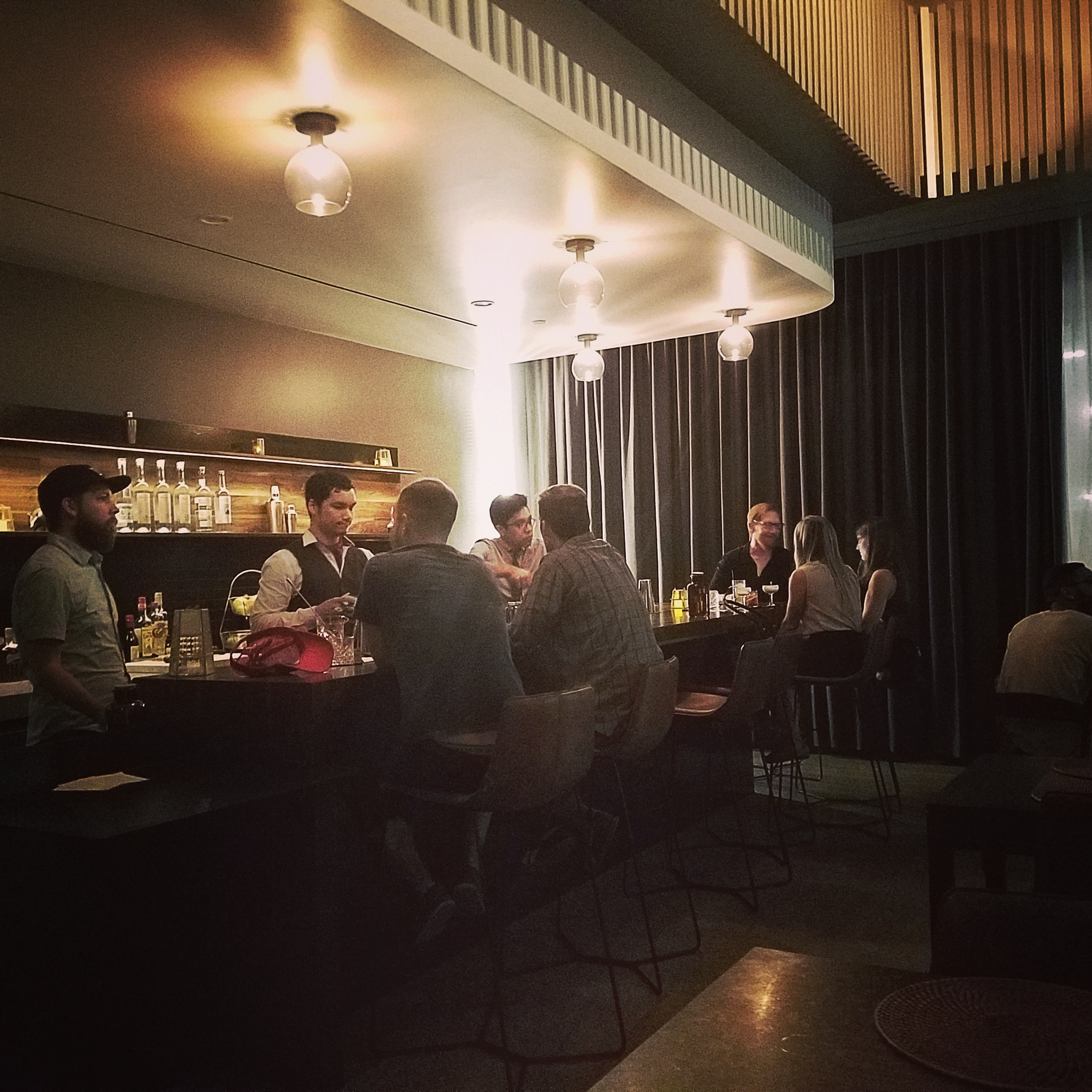
JETTISON
The latest addition to Oak Cliff is a welcome one, especially for imbibers of sherry, the Spanish fortified wine, and mezcal, the smoky agave spirit mostly from Oaxaca. Discreetly nestled within the Sylvan Thirty complex next to Houndstooth Coffee, whose owner, Sean Henry, launched Jettison as his initial cocktail venture, it’s a sleek and shadowy hidey-hole where barman George Kaiho crafts excellent classic twists like the Red Headed Oaxacan, a play on the Penicillin fielding both tequila and mezcal along with honeyed ginger syrup, lemon and a float of Scotch.
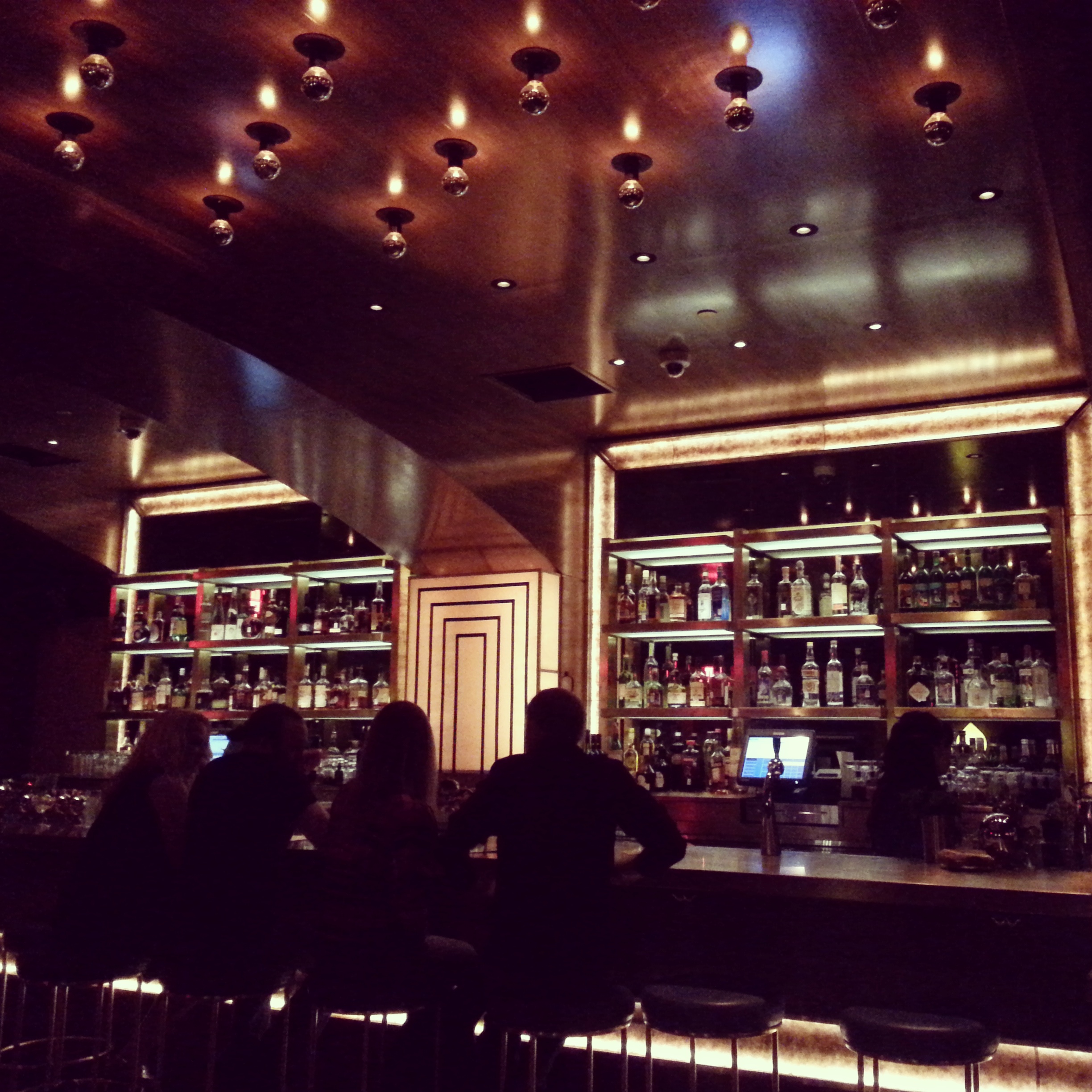
MIDNIGHT RAMBLER
This rock-and-roll hideaway in the underbelly of downtown Dallas’ Joule Hotel is truly a gem — and it keeps getting better, with its lush and well-structured space equipped to manage the peaks and valleys of hotel and weekend crowds. The long-awaited project from Chad Solomon and Christy Pope, which opened just over two years ago, is purposely efficient, lavishly designed and wholly adventurous, driven by Solomon’s bordering-on-geeky cocktail-science know-how: Witness the Pinetop Perker, which graced the spring menu, a woodsy wallop of genever, aquavit, pine, lemon, egg white, apple schnapps and a perfume-like “alpine woodland essence” spritzed onto a dehydrated lemon wheel.

THE MITCHELL
What if there were a place where you could pluck away the plumage of more involved libations and jump directly into the embrace of your whiskey or gin without feeling like a vegan at a Vegas buffet? Well, my friends, The Mitchell is your place: The stately space in the former home of Eddie “Lucky” Campbell’s Chesterfield in downtown Dallas boasts 50 kinds of gin and a hundred different whiskeys, the better to meet your martini, Old Fashioned or straight-up sipping requirements. And the glassware is beautiful too.
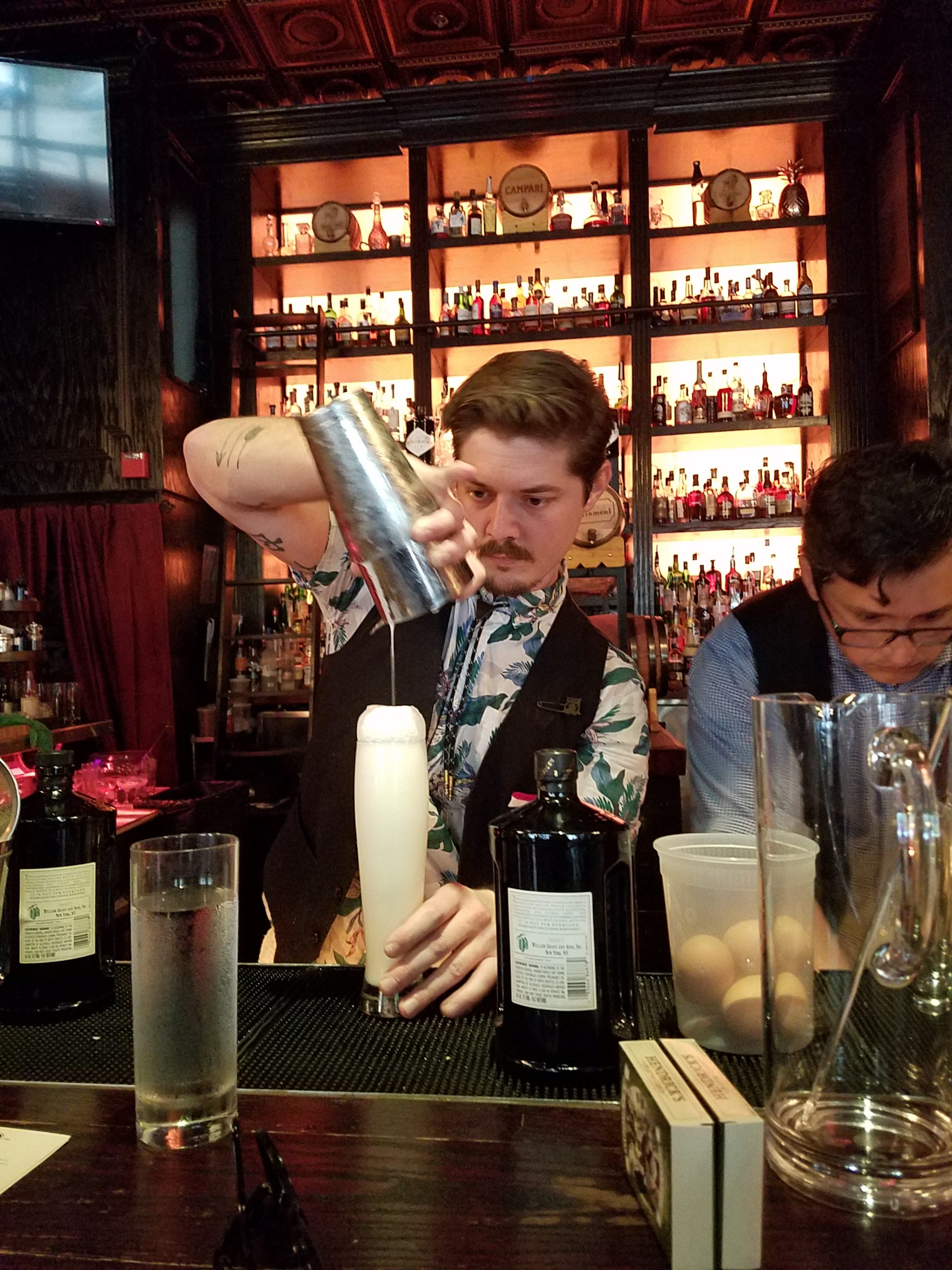
PARLIAMENT
Comfortably nestled within the labyrinth of Uptown apartments off raucous McKinney Avenue, Lucky Campbell’s gem of a bar can often be as busy as its 100-plus drink list. Just the same, the well-trained crew, featuring the occasional visiting star bartender, keeps the crowds soused and entertained from behind the horseshoe-shaped bar, whether the vibe is loud or laid-back. With concoctions like Jesse Powell’s unnamed mix of aged tequila, sweet potato truffle syrup, sherry, apple and cinnamon, Parliament is a first-rate cocktail den with Cheers-style ease, a special combination indeed.
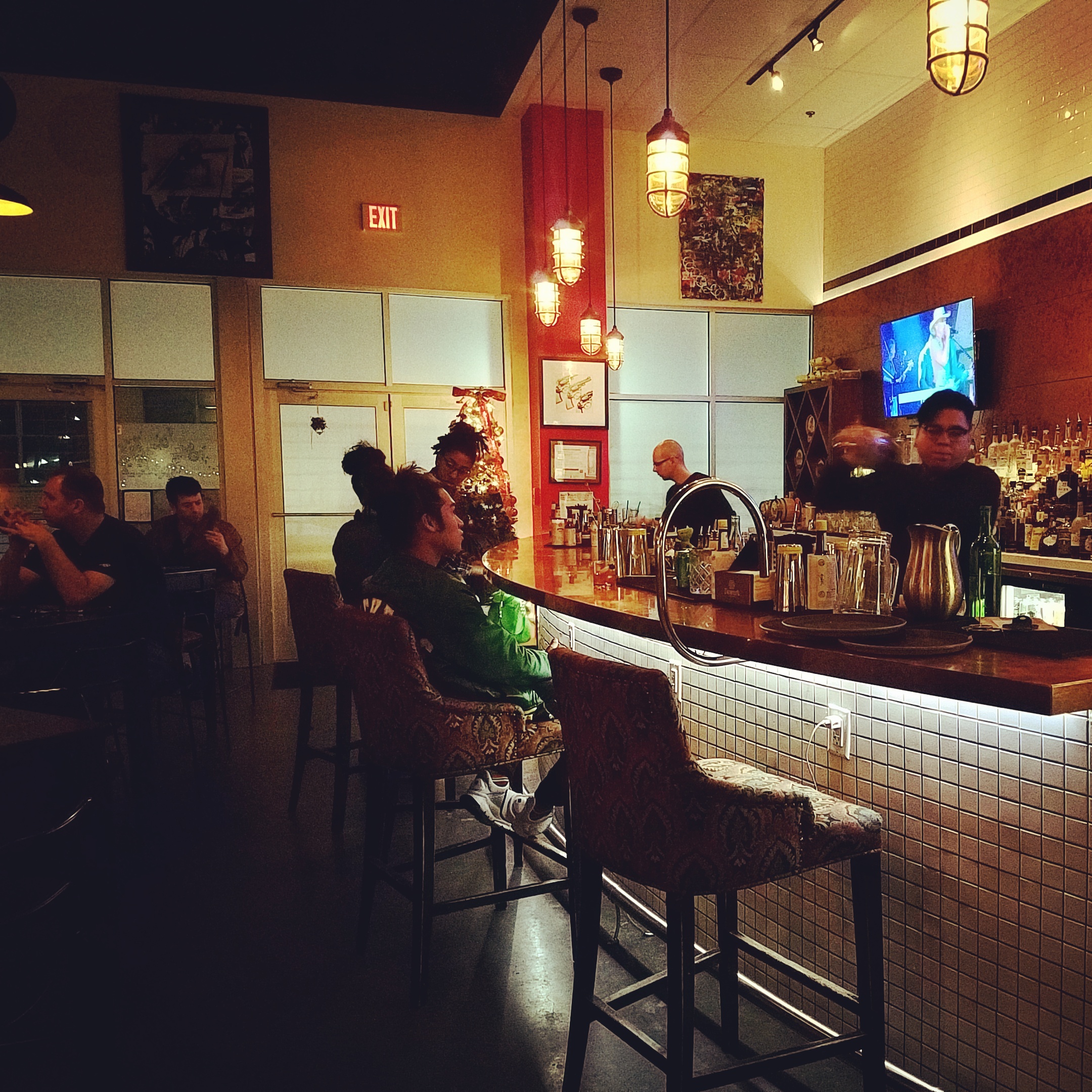
THE PEOPLE’S LAST STAND
The Mockingbird Station stalwart is still going strong in its second-level space, churning out an ever-changing list of libations behind a veteran bar team led by general manager Devin McCullough. The drinks are original and varied – and occasionally playful, as in the wintry Petra at Night, a hot rum cider mix served with apple slices and mini wafers, and Mr. Joe Black, an equally snack-y blend of rye and cold-brew coffee featuring blackberries, brown sugar and cayenne-sugared pecans. “Everybody’s got their little side munch going on,” McCullough said.
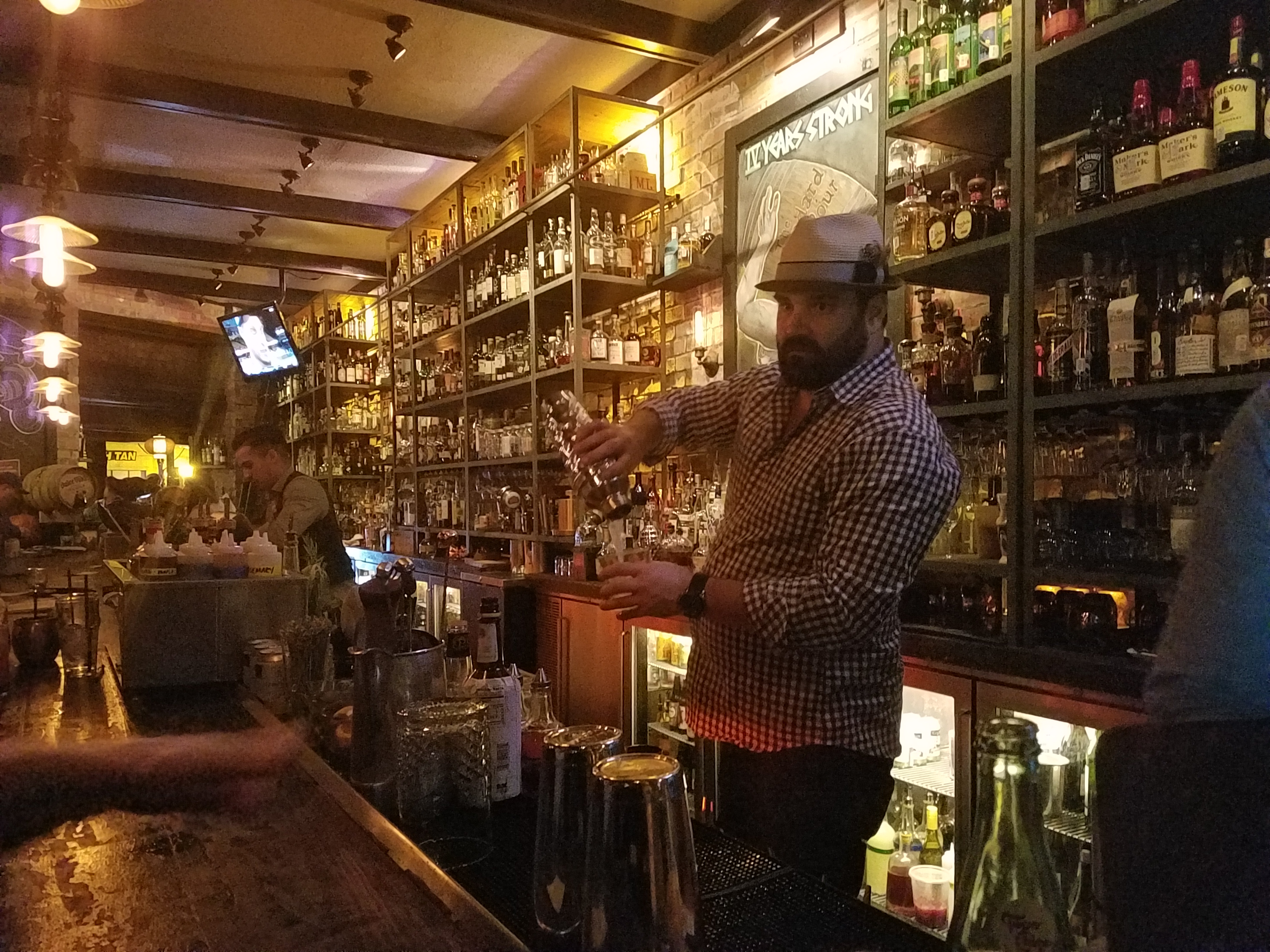
THE STANDARD POUR
Just up the street from Parliament, the McKinney Avenue landmark remains, as I described it last year, a craft-cocktail battleship – built to weather weekend barrages of bar hoppers but equally effective quietly docked on a Tuesday eve. A crew staffed by talents like Austin Millspaugh and Jorge Herrera helps take the sting out of former lead barman Christian Armando’s departure, pumping out a stream of solid originals as well as the ubiquitous Moscow Mules. Like Parliament and Industry Alley, Brian McCullough’s stalwart staple maintains a homey vibe whether rafting calm stream or raging river.
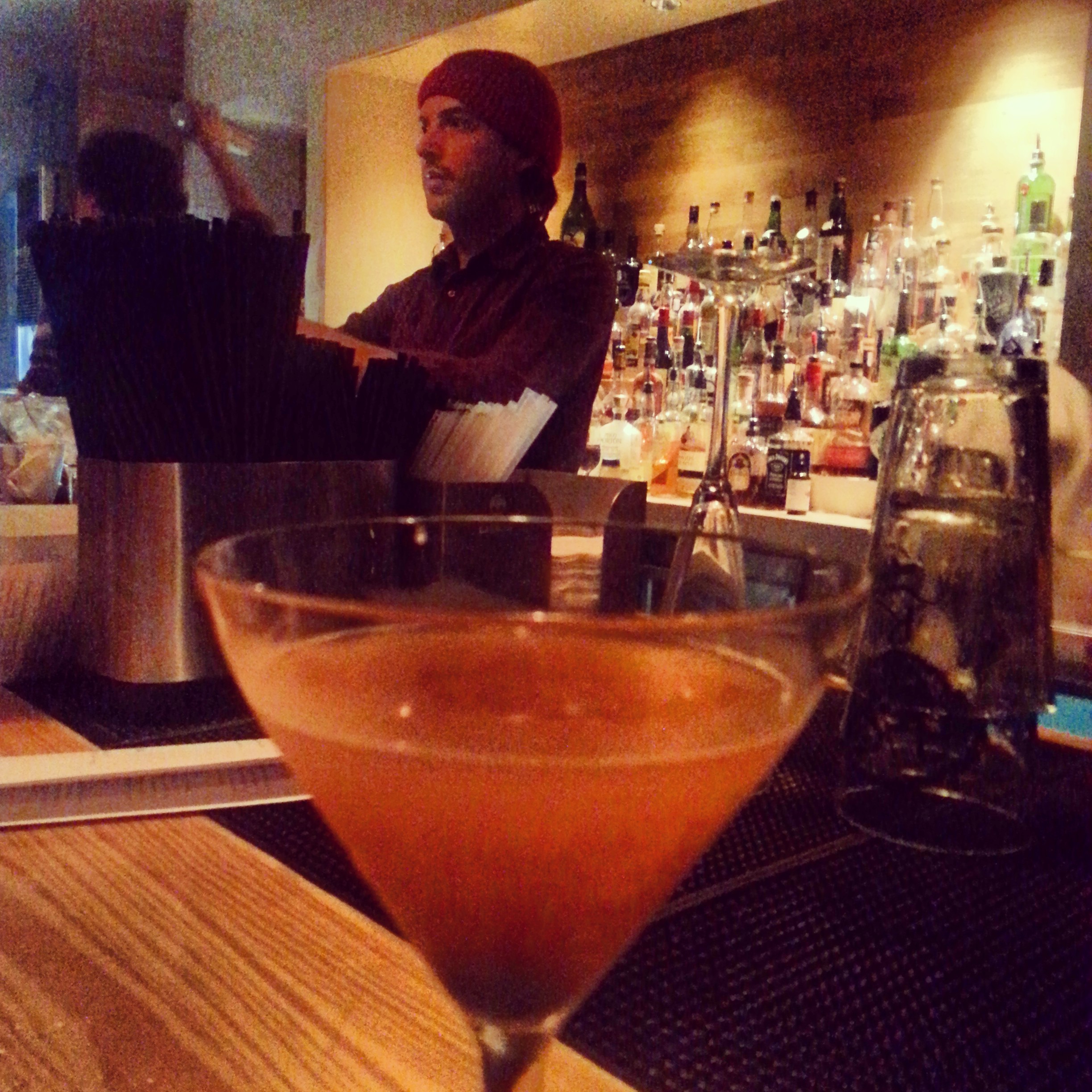
THE USUAL
While the cheeky drink menu has barely changed, the bartenders at this seemingly never-understaffed Magnolia Avenue haven in Fort Worth are more than handy with the palette of potions behind the bar. I said this last year, and it holds true today: More than anything, what impresses about The Usual – among DFW’s pioneering craft-cocktail joints – is that I have yet to have a drink there that didn’t qualify as a success, which is something I can’t say about that many places.
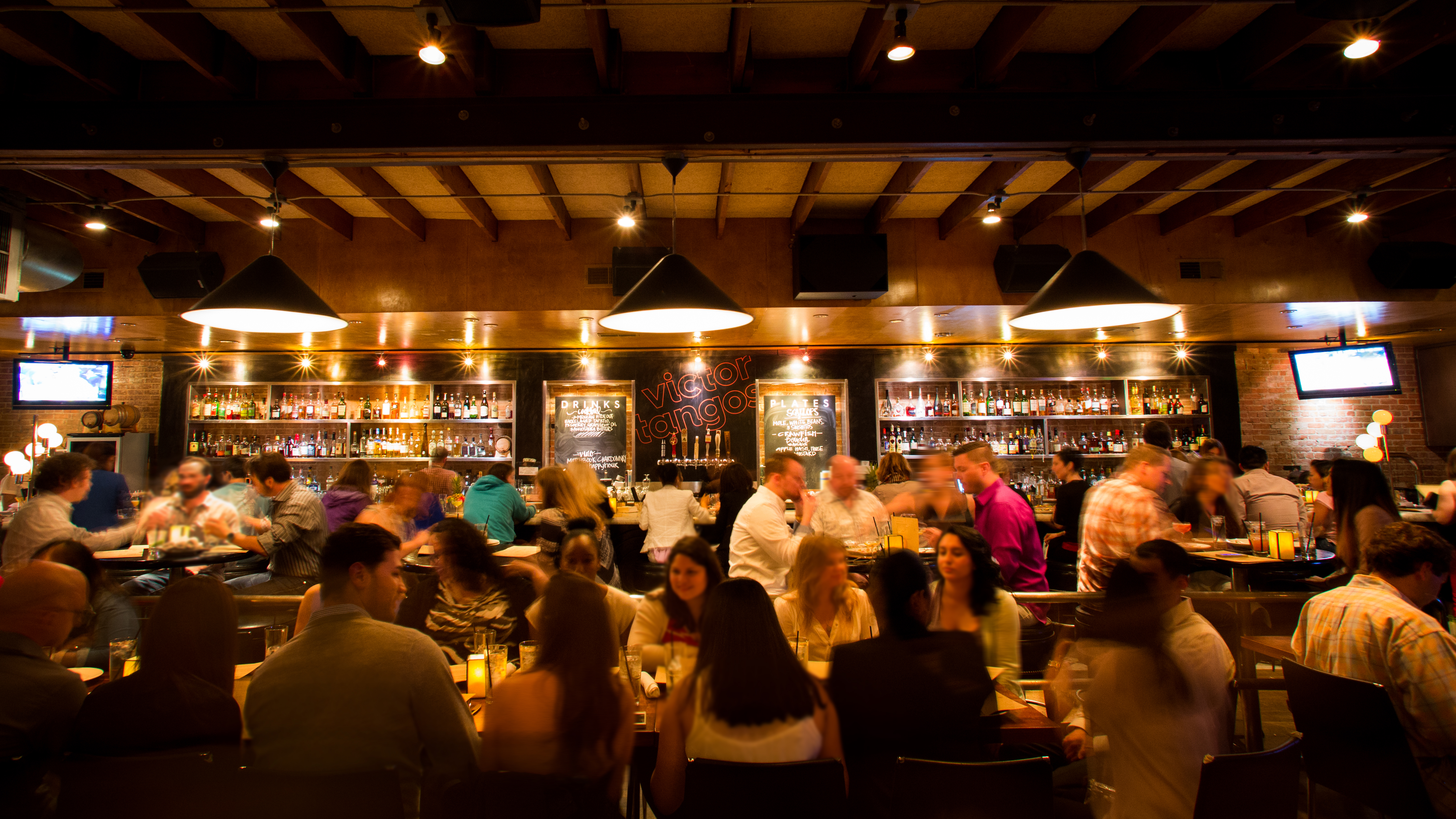
VICTOR TANGOS
Another of DFW’s initial craft-cocktail practitioners, this Henderson Avenue landmark found its footing again under beloved general manager Matt Ragan. Though Ragan recently departed, the cocktail program remains in the able hands of bar manager Andrew Stofko, one of the city’s most exciting young talents; among Stofko’s 2016 creations was The Dread Pirate Roberts, whose intricate mix of Brazilian cachaca, grapefruit liqueur, bitter Suze, lemon, cinnamon syrup, Angostura and hopped grapefruit bitters was wonderfully reminiscent of tart apple pie.
Runners-up: Armoury DE, Flora Street Café, Lounge Here, Small Brewpub, Thompson’s Bookstore.


